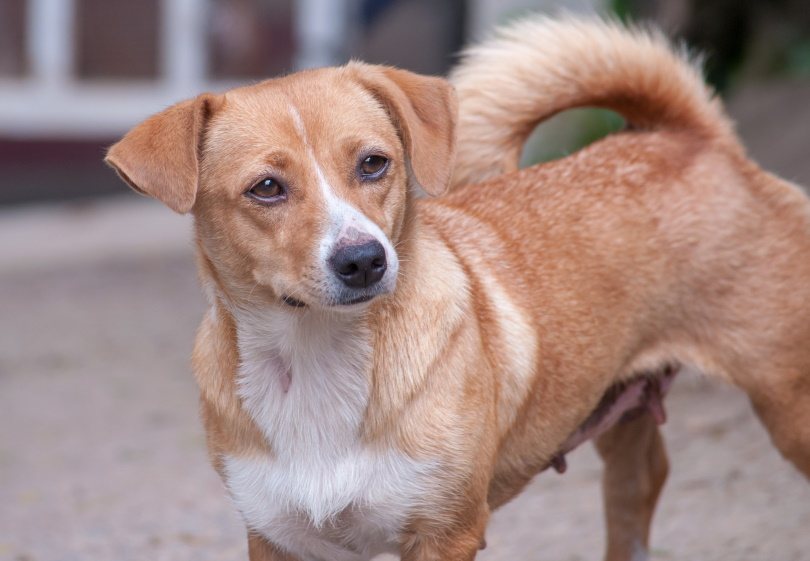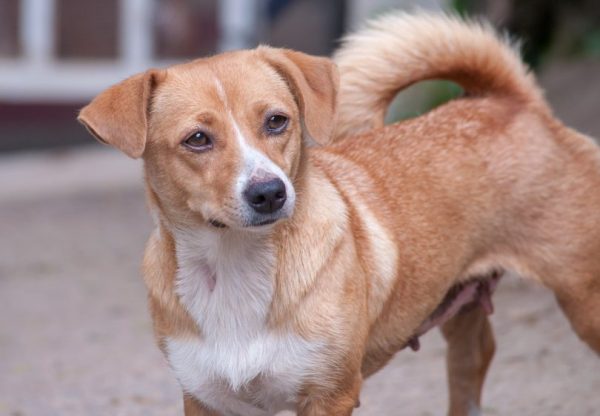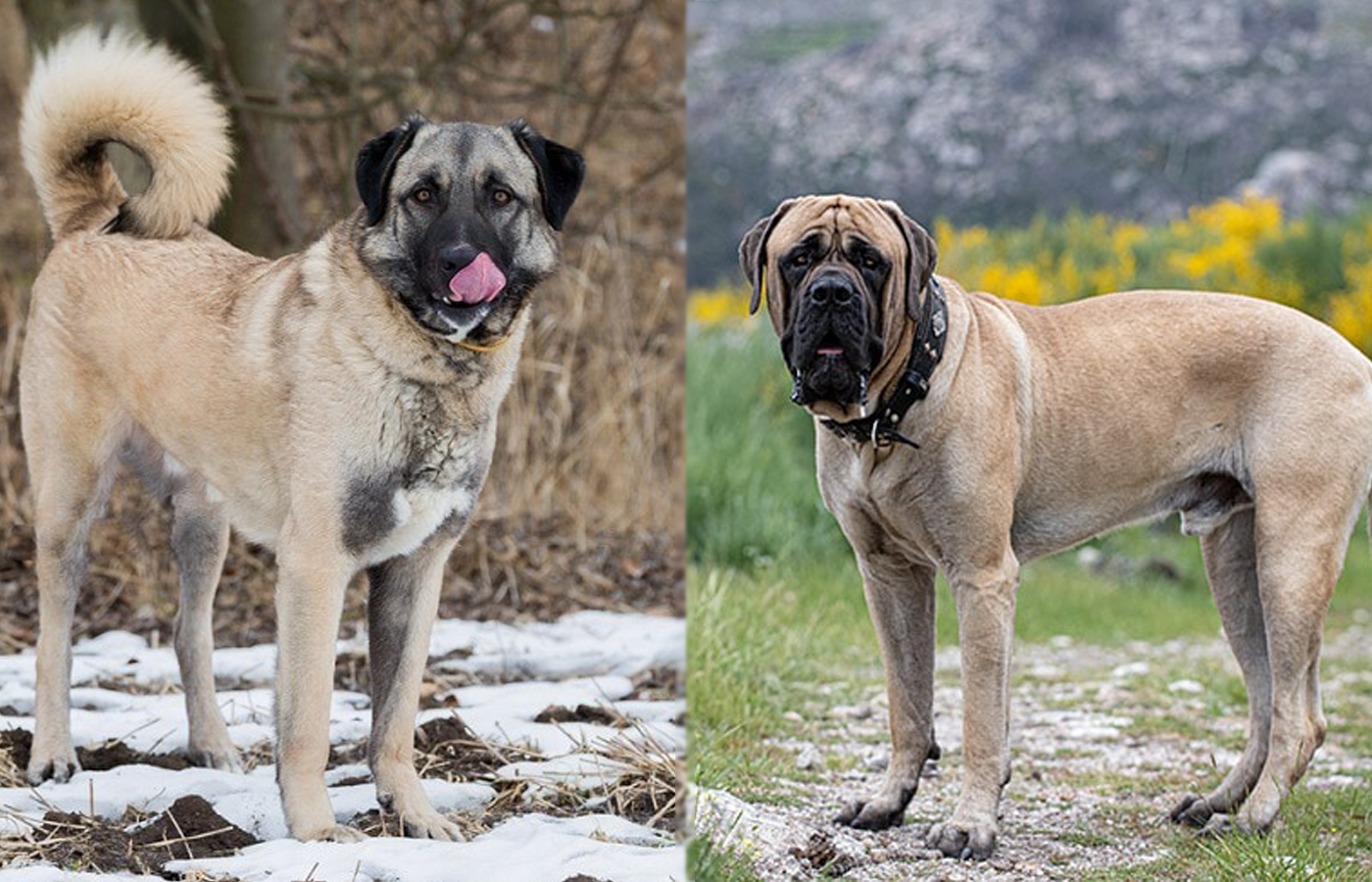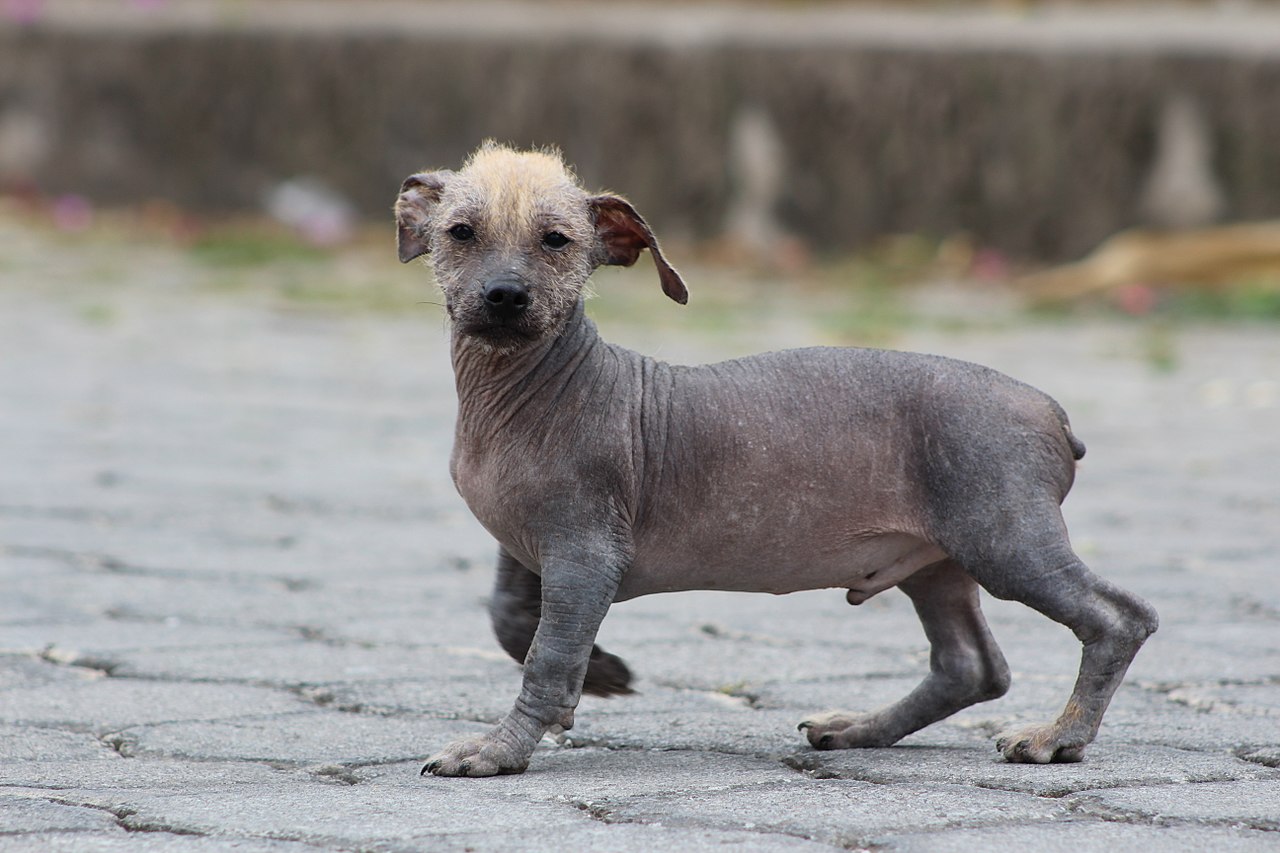Click Below to Skip Ahead
If you have never heard of an Austrian Pinscher, you are not alone. These intelligent dogs are rare outside of Austria and were almost entirely extinct after World War II. But now they are making a comeback and there are even a few kept as pets in the United States.
Breed Overview
Height:
14 – 20 inches
Weight:
26 – 40 pounds
Lifespan:
12 – 14 years
Colors:
Black, gold, brown, red, white
Suitable for:
Families with children, single people looking for a companion
Temperament:
Playful, gentle, devoted, protective
Like their relative the German Pinscher, the Austrian Pinscher is a great family pet and an alert watchdog. They have many desirable traits that make them ideal for active families. Read on to learn more about this unique canine.

Austrian Pinscher Puppies
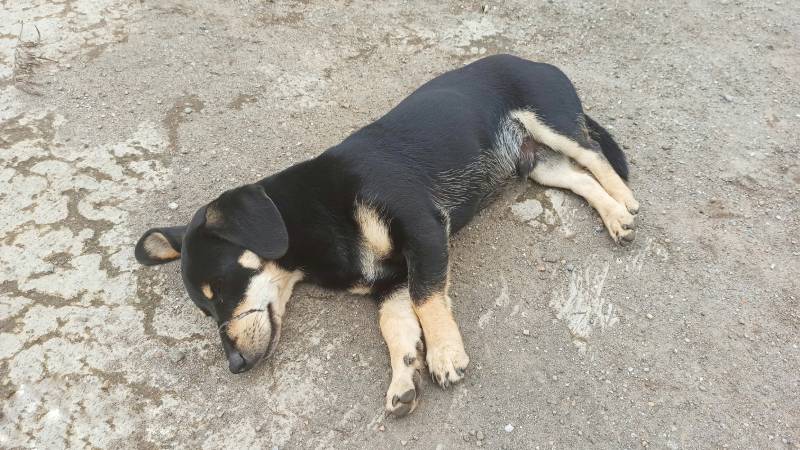
It is difficult to find exact data on the cost of Austrian Pinscher puppies in the United States. They are very rare outside of Austria and are not recognized by the American Kennel Club. However, they are recognized by the United Kennel Club and are on their international dog registry.
It is also not common to find them in shelters or rescues outside of Austria.

Temperament & Intelligence of the Austrian Pinscher
Austrian Pinschers are very intelligent, but their stubbornness requires a firm and consistent trainer. They make great family dogs if you live in a rural environment or the suburbs. Their tendency to bark and their suspicion of all strangers do not make them good dogs for city living. While they do bark, they are not aggressive unless they think you are in danger. They are playful and affectionate with their families and like to be around them all the time.
Are These Dogs Good for Families?
Austrian Pinschers are wonderful and loyal companions well suited for active families. They do well with children because of their playful and gentle nature. However, they do require plenty of activity and attention.
If your family is away from home all day, the Austrian Pinscher is not the dog for you. They were bred to be companion dogs and need attention. They will become very destructive and vocal if they are bored or lonely.
Does This Breed Get Along With Other Pets?
Austrian Pinschers can get along with other dogs if they have been properly socialized from a young age. If they have not been socialized, care should be taken with smaller dogs and other small pets. The Pinscher was bred to hunt rats and other small animals so that instinct may cause them to be aggressive toward smaller animals. They can also be territorial and protective which may cause problems with strange dogs.
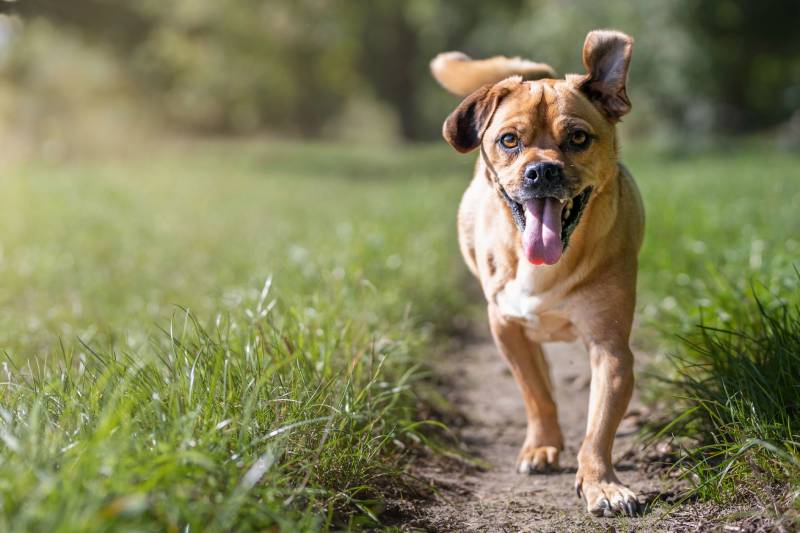

Things to Know When Owning an Austrian Pinscher:
The first thing to keep in mind about Austrian Pinschers is that they are very rare. If you are lucky enough to find one, there are important things you should know before making a long-term commitment. These include the amount of food and exercise your pet will need, along with the training they will require. Grooming is another consideration, especially if you are worried about the level of shedding your new pet will likely have. You should also be aware of any health conditions a specific breed is prone to. Researching these things upfront will prepare you to welcome your new dog into your home.
Food & Diet Requirements
As a medium-sized dog with a moderate to high activity level, the Austrian Pinscher will need anywhere from 2 to 3 cups of food per day. This will vary depending on your dog’s activity level and appetite. Their active nature does not usually make them prone to excessive weight gain. They also are not known to have any food or diet restrictions common to the breed. As with any dog, you should consult your veterinarian for the best feeding plan for your Austrian Pinscher.
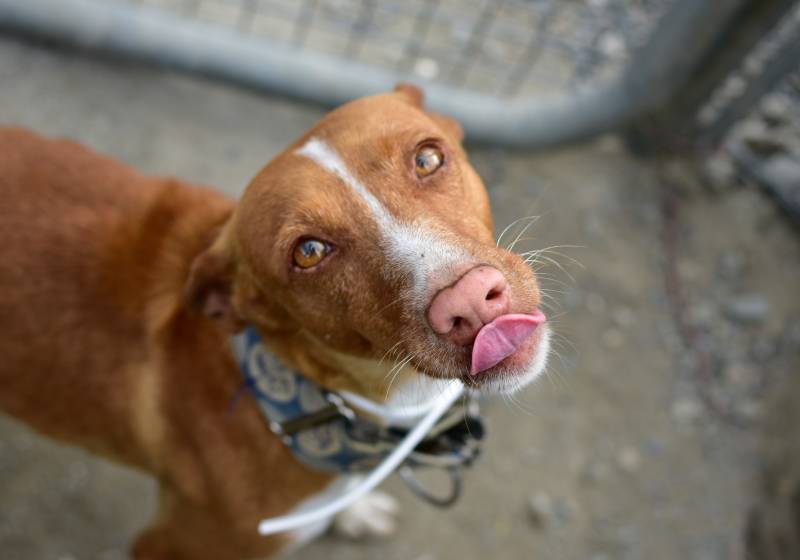
Exercise
Austrian Pinschers are active dogs that like to be outside with you. They were bred to be working dogs on farms so they need plenty of room to run and play. Farm life or large fenced yards will best suit the Austrian Pinscher. They like to run, hike, and fetch. They can also do well with agility training. However, they must get plenty of exercise and time outside or your Austrian Pinscher will become very destructive. They will also bark excessively if not properly exercised.
Training
Austrian Pinschers are very intelligent dogs. They can learn how to accomplish most tasks quite easily with one caveat: they have to want to do it. They can be stubborn and like to be in charge. However, if you are a firm, consistent, and persistent trainer, you will be rewarded with a bright and willing dog. That being said, Austrian Pinschers are not the best choice for first-time dog owners. They require a confident leader who knows how to get past their willful nature and reach the intelligent dog inside.
Grooming ✂️
If you are thinking about bringing an Austrian Pinscher into your home, you should be prepared to deal with a lot of shedding. Their medium-length coat needs to be brushed at least once each week, more frequently during heavy shedding season. Outside of shedding, Austrian Pinscher grooming is low maintenance. If you live in a rural area or take them out for hikes in the woods, you should check your dog for ticks frequently. They should have their nails trimmed regularly and their teeth brushed often.
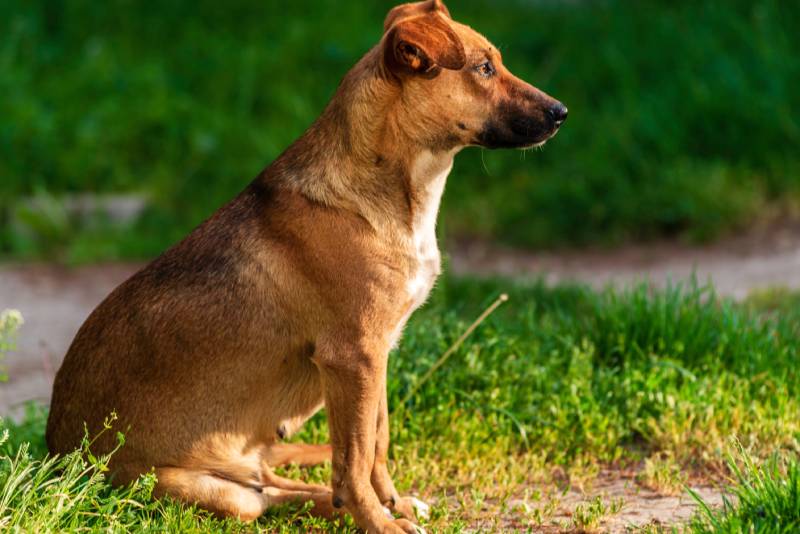
- You might also want to check out: 11 Best Dog Wipes: Reviews & Top Picks
Health and Conditions
- Skin issues
- Hip dysplasia
- Cardiovascular disease
Because the Austrian Pinscher is rare, little is known about health problems or other conditions common to the breed. The information available indicates that they are a mostly healthy breed with few health concerns.
Austrian Pinschers are not known to have any frequently occurring minor health conditions. The only thing to note is their skin can be sensitive and can become dry and itchy. They should only be bathed if necessary.
The only potentially serious conditions known to appear in Austrian Pinschers are hip dysplasia and cardiovascular disease. Hip dysplasia is common among many dog breeds. It is a degenerative condition caused by the improper fitting of the hip ball and socket. It will worsen over time and can become debilitating. Surgery is an option if the dog’s mobility is limited or they are in pain.
There is also some discussion of cardiovascular disease occurring in Austrian Pinschers. However, there have not been any studies conducted to prove that there is a higher occurrence among Pinschers compared to other breeds as there are not enough of them to support a study at this time.
Male vs Female
There is no noticeable difference between male and female Austrian Pinschers in size, temperament, or health conditions. Both are thought to be great family dogs who are wary of strangers.

3 Little-Known Facts About the Austrian Pinscher
1. One Austrian Pinscher from the Original Line Was Still Alive by 1970
After World War II, the Austrian Pinscher breed was almost completely wiped out. There was only one remaining dog from the original breeding line by 1970. This dog was bred with other Pinschers and a new line began.
2. The Breed Arose from the Combination of German Pinschers and Austrian Farm Dogs
Farmers bred German Pinschers with farm dogs to create a dog that was a good hunter, companion, and guard dog.
3. The Austrian Pinscher Thinks Everyone Outside of Their Family Is Highly Suspicious
Austrian Pinschers are wonderful family dogs. They are loyal and loving to their families. However, they are suspicious of any and all strangers. They will bark loudly and frequently at any strange noise or unfamiliar person.
Final Thoughts
The Austrian Pinscher is a rare sight outside of Austria. However, if you are lucky enough to have one of these great family dogs, you know that you have a guardian and companion. Austrian Pinschers are the perfect mix of affection and protection for your family as long as you can provide them with the space to run around and the attention that they need to thrive.
Other breeds you might be interested in:
Featured Image Credit: Hong_Phuc, Shutterstock

